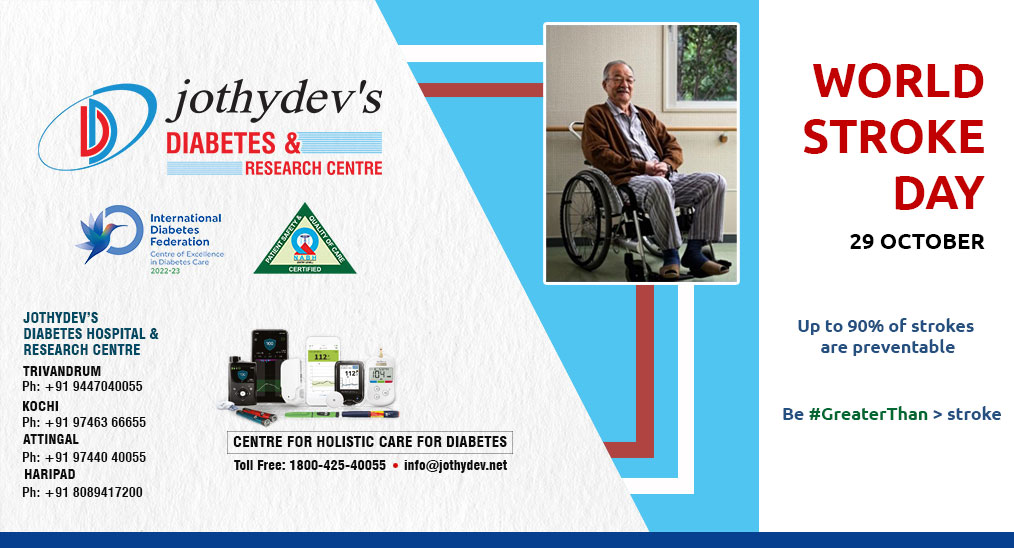3. Morning and afternoon physical activity are associated with a lower risk of developing type 2 diabetes

Physical activity is a preventive factor for type 2 diabetes but its timing and consistency (in contrast with overall sum of physical activity) has been relatively unexplored.
A group of researchers at Harvard Medical School in Boston explored the association between the timings of physical activity and its consistency. A cohort of 93,095 UK Biobank participants (mean age 62 years) without a history of type 2 diabetes wore a wrist-worn accelerometer for 1 week. The accelerometer information was converted to estimate metabolic equivalent of task (MET), summing MET h of total physical activity completed within three intra-day time segments (morning, afternoon, and evening). The physical activity consistency was quantified as the SD of participants’ daily total physical activity. Finally, the team associated each of the following with incident type 2 diabetes: (1) morning, afternoon, or evening ‘time-segmented’ MET h per week; and (2) consistency. Moderate-to-vigorous physical activity (MVPA) and vigorous physical activity (VPA) in association with type 2 diabetes incidence was also considered for the study.
When considering MET as the physical activity measure, protective associations of morning (HR 0.90 [95% CI 0.86, 0.93], p=7×10−8) and afternoon (HR 0.91 [95% CI 0.87, 0.95], p=1×10−5) was observed but did not have evidence for evening physical activity (HR 0.95 [95% CI 0.90, 1.00], p=0.07) with type 2 diabetes. There was no difference between MET-measured morning and afternoon physical activity. The results also highlighted the importance of adjusting for lifestyle factors such as sleep time and diet along with physical activity for better outcomes. MVPA and VPA were associated with decreased risk for type 2 diabetes at all times of the day.
In conclusion, the total metabolic equivalents of physical activity in the morning and afternoon had a protective effect on diabetes risk and evening activity was not associated with diabetes.
For enquiries info@jothydev.net.
Please visit: jothydev.net | research.jothydev.com | diabscreenkerala.net | jothydev.com/newsletter




